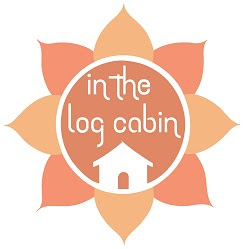As posted on Pilates Tree Magazine http://www.pilatestreemagazine.com
Myofascial Release Using the Foam Roller
What is myofascial release?
The word ‘myo’ means muscle and ‘fascia’ means band. Fascia is a strong but very flexible connective tissue which envelopes every structure (organs, muscles, tendons, bones) of the body, providing support and protection.
The myofascia can get tears in them and if they don’t heal properly, the various layers of fascia can cause adhesions. These adhesions stop the muscles working as freely and easily as they should which can then cause pain and discomfort.
Myofascial release is a manual therapy used in the treatment and rehabilitation of muscle and fascial tension.
What are the benefits of it?
The main benefit of Myofascial release is that it will help to release the adhesions but there are other benefits too, including:
- Helps to disperse knots and tightness in your muscles
- Helps prevent injuries
- Helps with increasing the range of motion of joints
- Helps to relieve muscle soreness
Using the foam roller
The foam roller can be used for self-myofascial release. By performing self-myofascial release techniques on a foam roller, you will be able to help release tight fascia and encourage the muscles to become fully functional again.
The release techniques on the foam roller involve rolling each muscle group over the foam roller until a tight or tender area is found. When the tight spot has been identified, pressure of your own body mass should be held on the area for 30-60 seconds until the muscle begins to release.
The following areas often have tight spots:
Piriformis – The piriformis muscle is a pear-shaped muscle located in the gluteal region. Begin by sitting on the foam roller, have one hand resting on the floor behind you for support. Cross one foot over the opposite knee and start to roll on the posterior hip area. The stretch can be increased by using your free hand to pull the knee toward the opposite shoulder.
Hamstrings – Place the hamstrings on the roller and use the hands behind you to keep the hips off the floor. Roll from the knee to the hip. Try turning the legs out from the hip and in from the hip to massage all the areas.
Rhomboids – The rhomboids are a skeletal muscle which helps to support the scapula. Place your upper back on the roller and cross the arms to the opposite shoulder. Engage the core muscles and lift the hips, keep the head in a neutral position. Roll the mid back area over the roller. You can also move gently to each side.
The Lumbar Region
It is not recommended to use a foam roller on the lumbar spine. This is because the diameter of the foam roller makes it very difficult for most people to control the position of the lower back and it will often increase the lordosis in the lower back. In this excessive lordotic position, there is increased pressure on the vertebrae and discs.
The muscles in the lumbar region can benefit from myofascial release but it is important to use a more suitable piece of equipment such as a tennis ball.
(Images for this post were ‘borrowed’ from www.healthandcare.co.uk)



